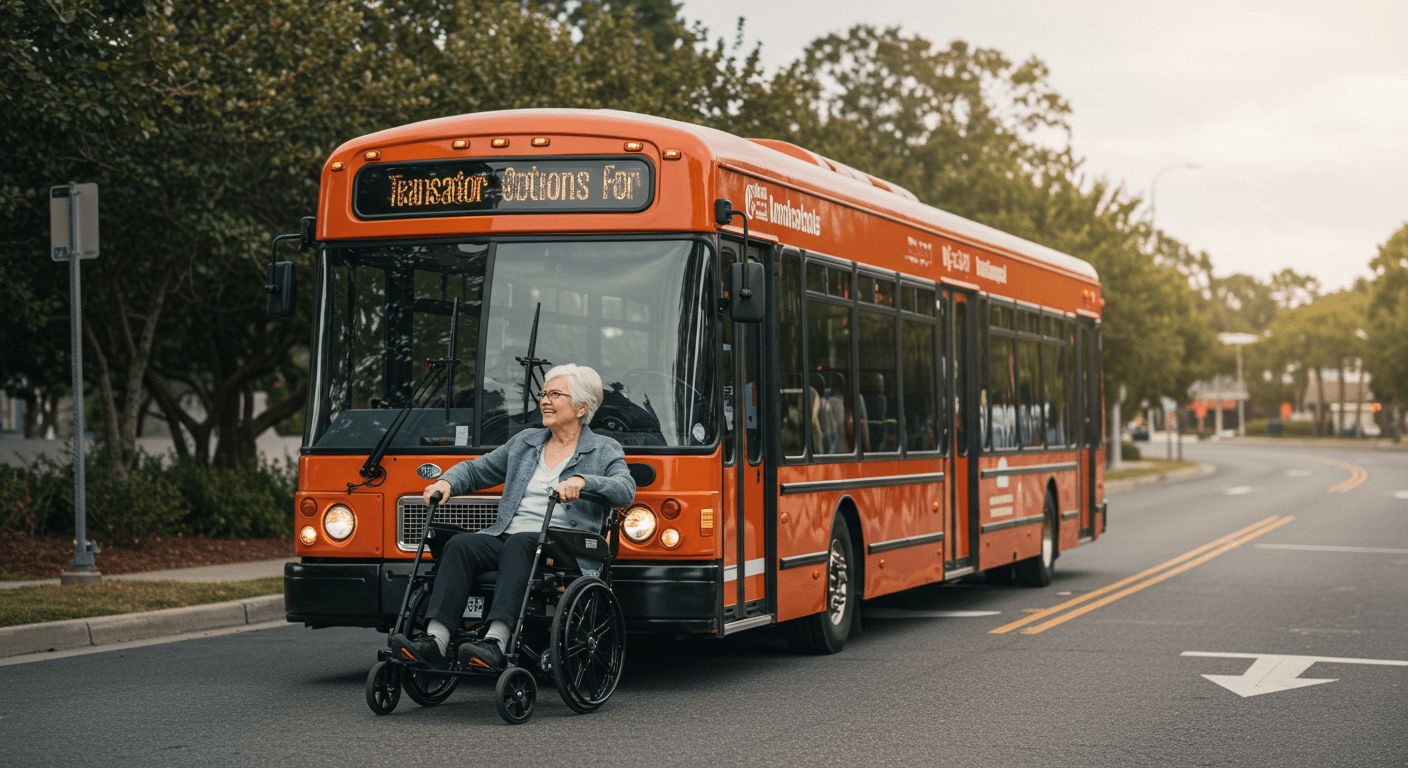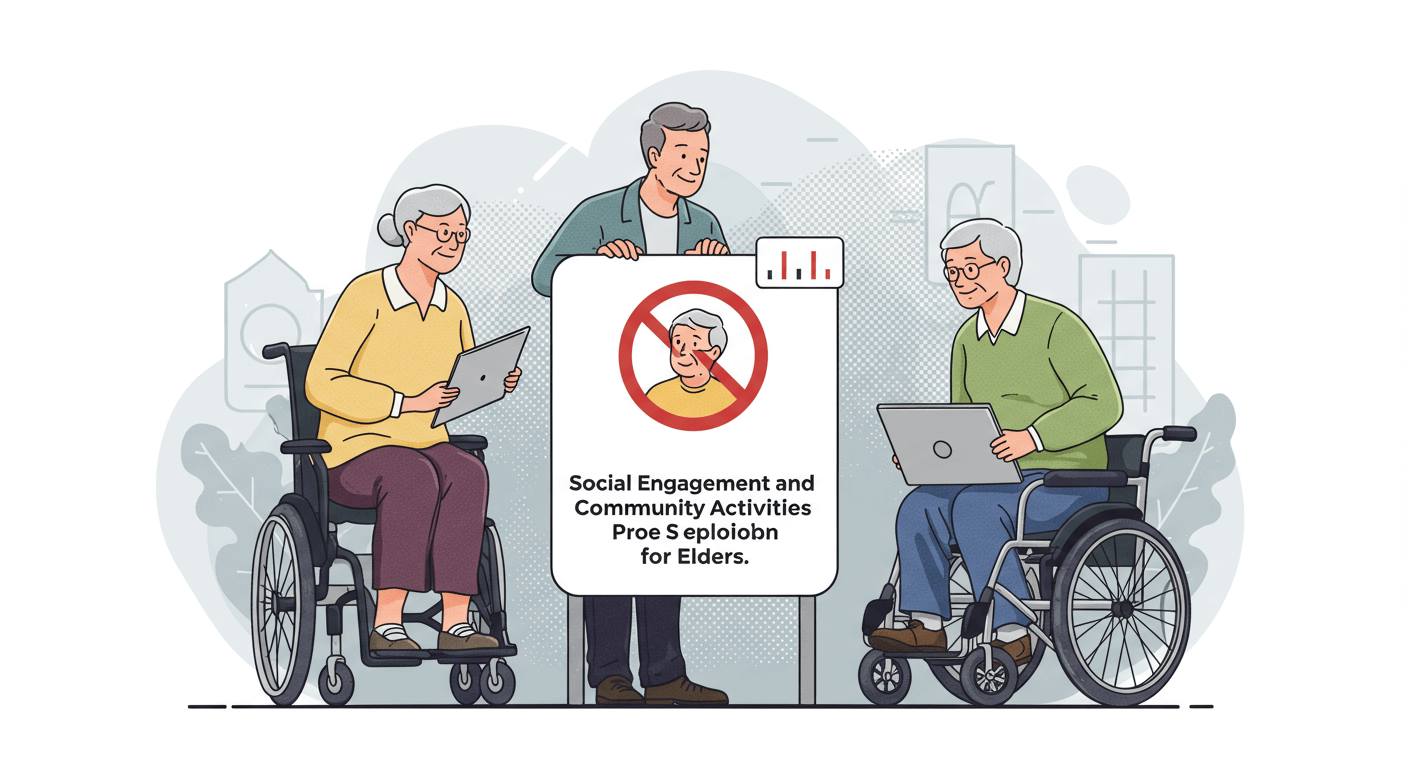Transportation Options for Seniors Without Driving
Explore practical and accessible transportation solutions for seniors who no longer drive, ensuring mobility and independence.

As seniors age, driving may become unsafe or impractical, but maintaining mobility is crucial for independence and well-being. This guide covers various transportation options tailored for seniors.
1. Public Transportation
Utilize buses, trains, or subways, which often offer senior discounts and accessible features. Check local schedules and routes for convenience.
2. Ride-Sharing Services
Apps like Uber or Lyft provide door-to-door service; many have senior-specific programs with trained drivers for added safety.
3. Community Shuttles
Many communities offer free or low-cost shuttle services for seniors to grocery stores, medical appointments, and social events.
4. Non-Emergency Medical Transport
Specialized services help seniors get to doctor visits; often covered by insurance or Medicaid for eligible individuals.
5. Volunteer Driver Programs
Local organizations or religious groups may have volunteers who provide rides for seniors in need, often at no cost.
The Impact of Mobility on Senior Health
Studies show that accessible transportation reduces isolation, improves mental health, and supports physical activity, lowering risks of depression and chronic conditions.
Emergency guidance
Immediate Ride Assistance
Contact local senior centers or helplines for emergency transport options if stranded; many areas have on-call services for urgent needs.
Backup Plan Preparation
Keep a list of trusted contacts, taxi numbers, or community resources handy to avoid being stuck without a ride in critical situations.
Pro tips
- Schedule rides in advance for reliability, especially for medical appointments.
- Explore senior-focused apps that simplify booking and provide discounts on transportation services.
Common pitfalls
Without reliable options, seniors may miss essential appointments, leading to health declines or increased isolation, emphasizing the need for planning.
Recommended reads



You may also like






